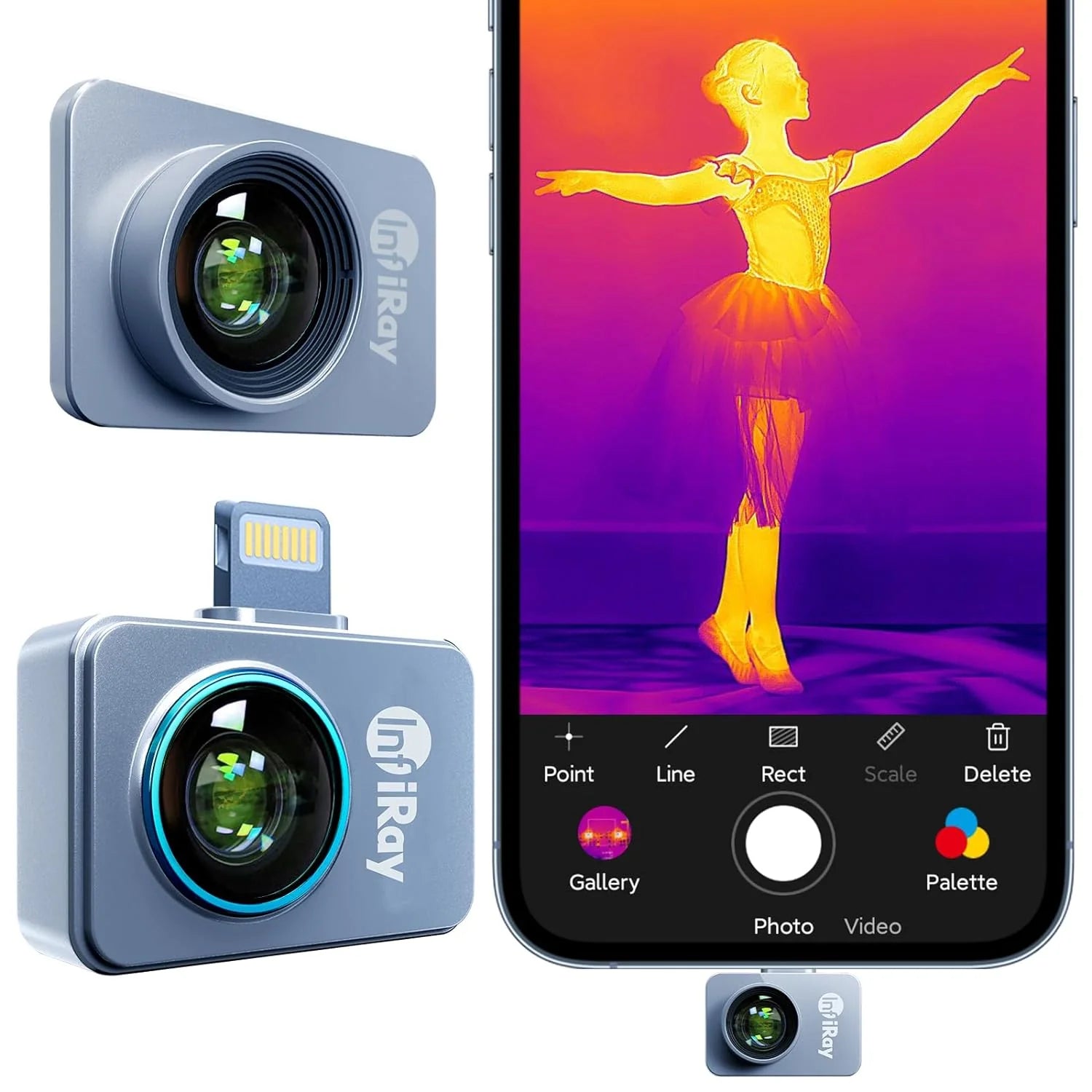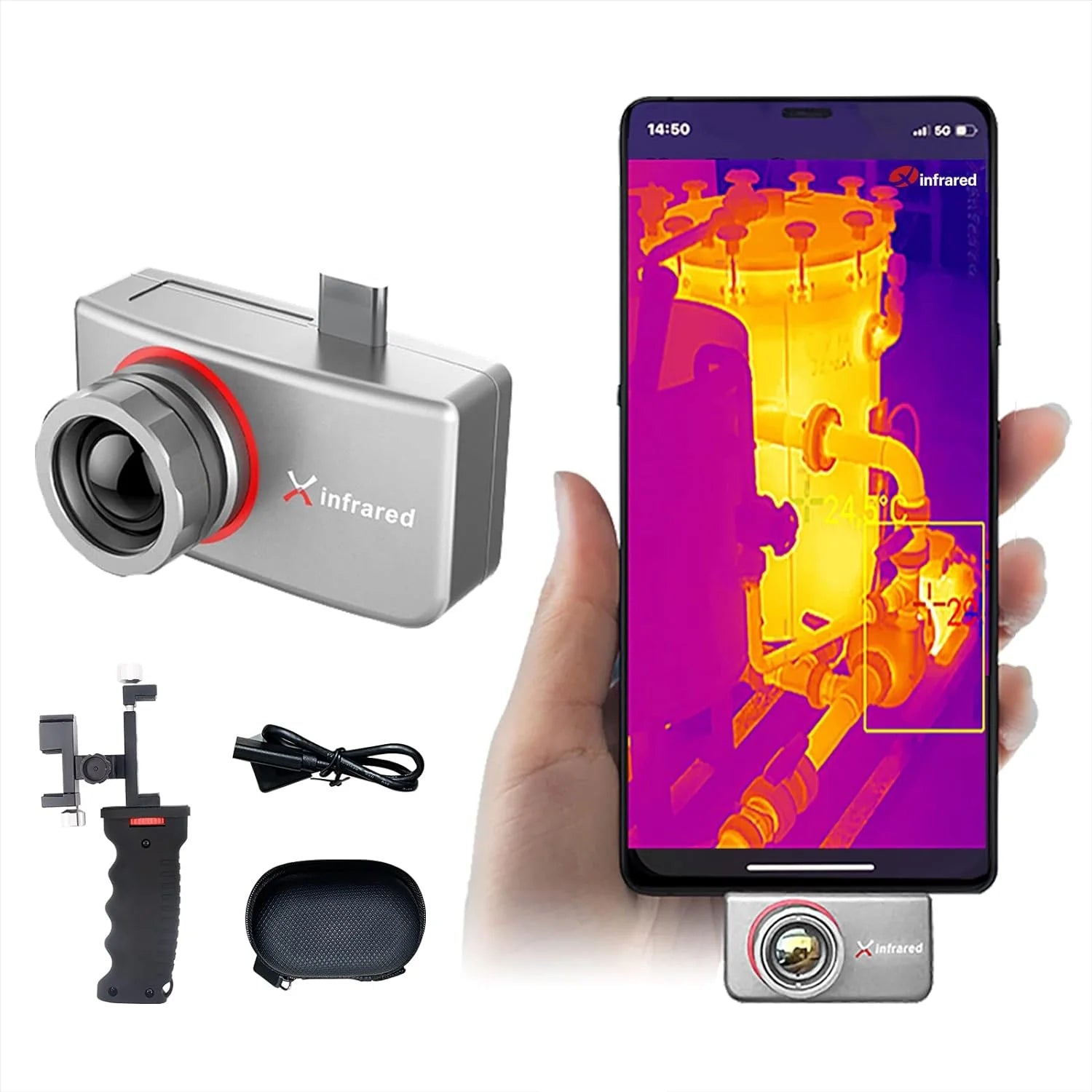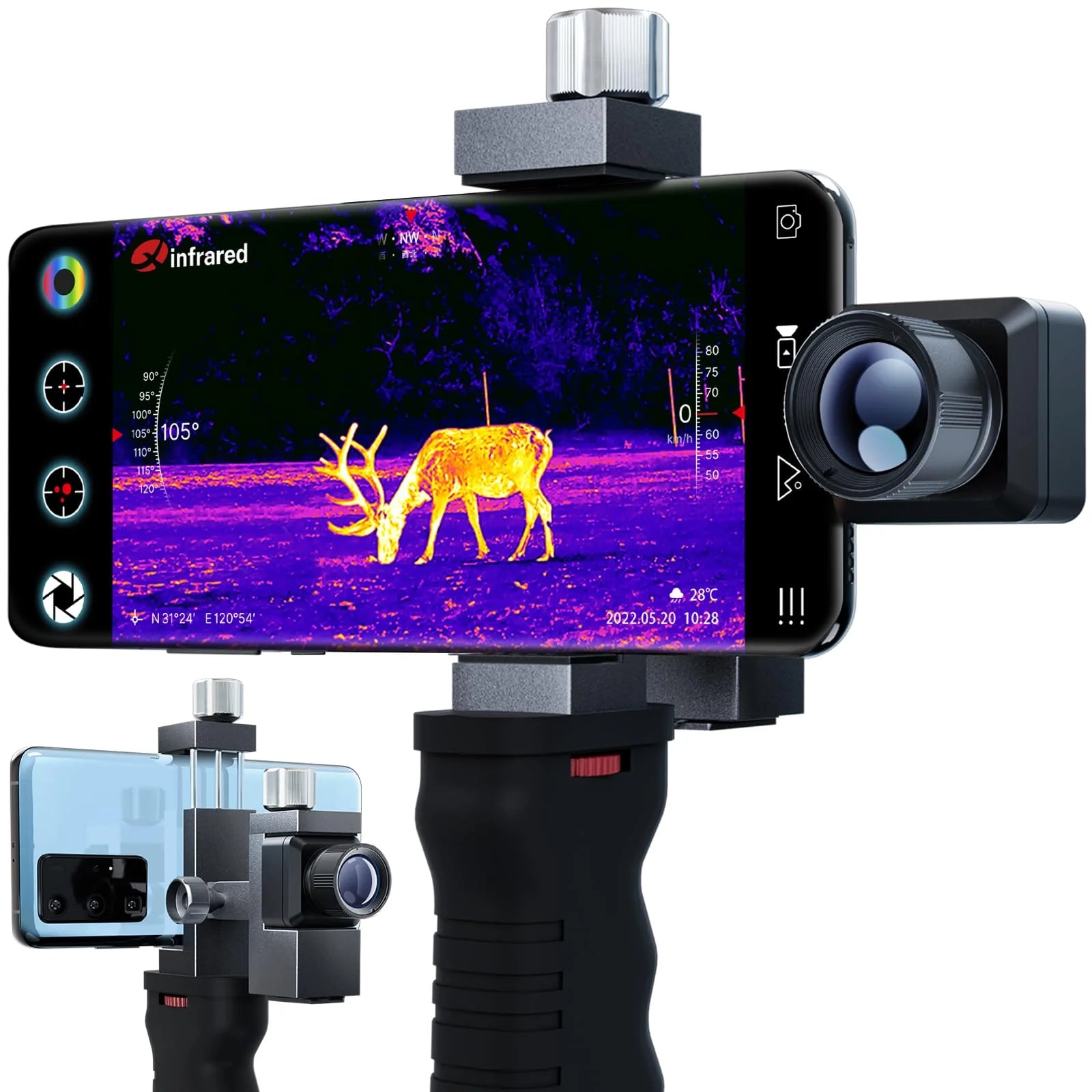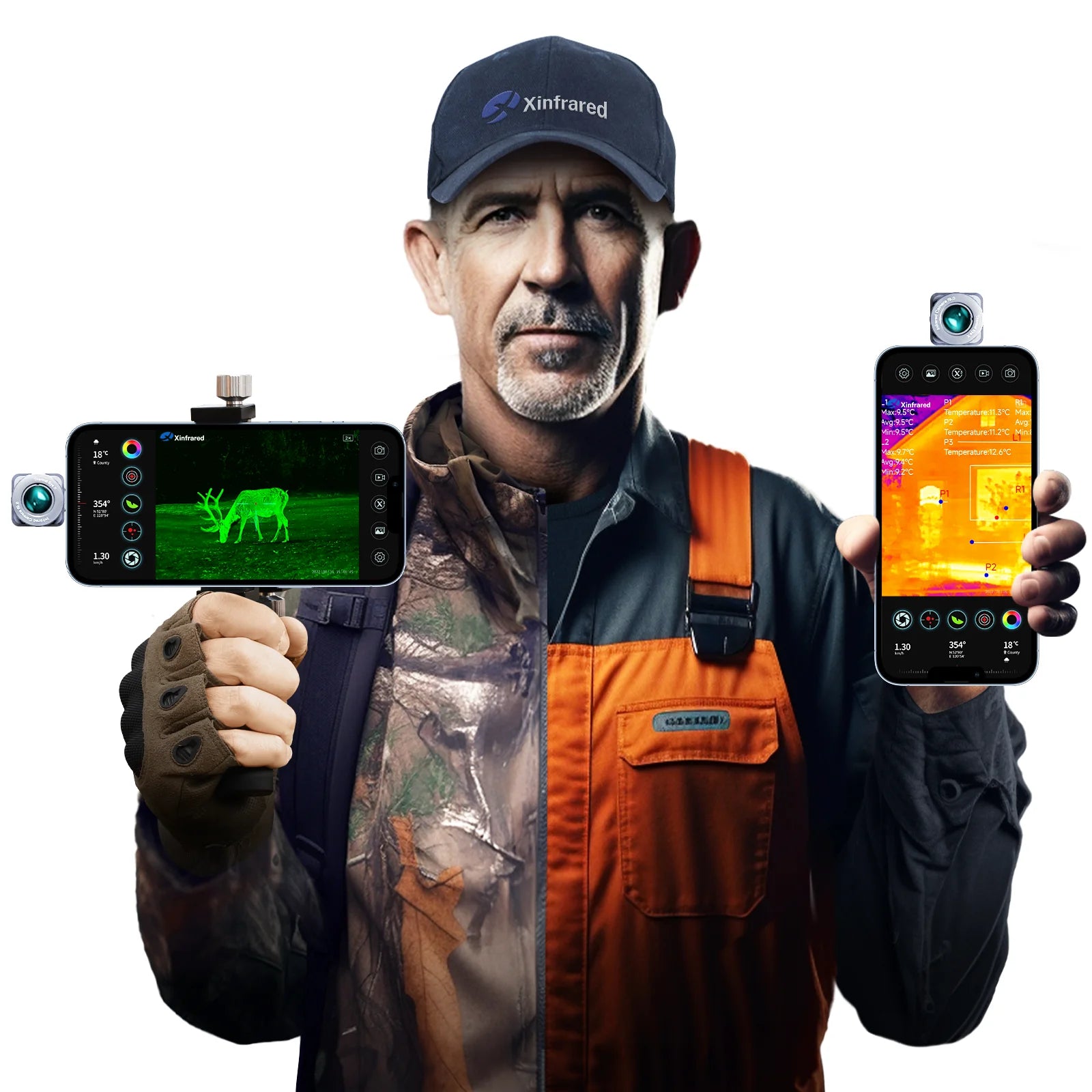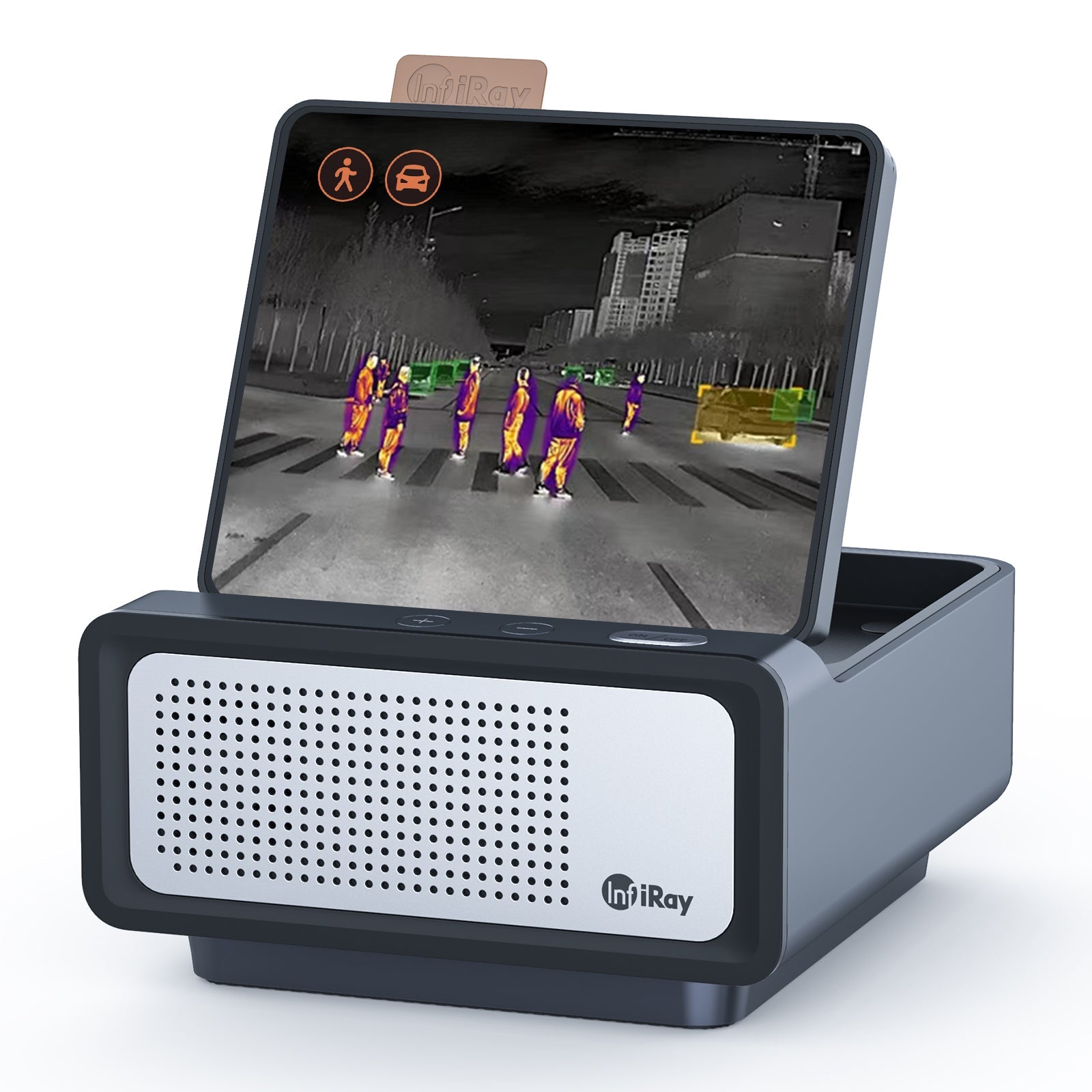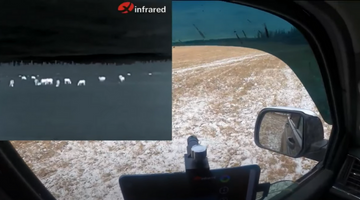Thermal cameras use specialized sensors and lenses to record invisible infrared light from outside the eye. Everything that emits heat can be captured and imaged by thermal imaging. Depending on how the camera works, it can be your scope mate to protect farms from species such as coyotes and feral pigs or can be used to diagnose animal diseases, as well as keep you at a safe distance from the animals you breed, reducing the health and safety risks associated with working with animals. It also helps detect your crop growth.

- Protect Your Hard-earned Livestock from the Sharp Claws of Predators
Darkness gradually falls, and humans are ready to sleep after a long day of exhaustion, but predators are just waking up and ready to find their energy for the day. Farms with large numbers of edible livestock are the perfect choice for predators. If you don't want to wake up the next morning to find dead cattle that have been gobbled up, thermal cameras can help you hunt these greedy animals.
InfiRay T2pro thermal monocular can see deer up to 1,579 yards away, so you can hide far behind the haystacks and target the predators that covet your assets. Imagine they're coming together to nibble on beef, you aim and shoot with the thermal imager, and they go down with a bang. The others scatter. But to no avail, because you've already targeted them and their excessive body temperature makes them especially bright in your field of view. Because you are so far away, they don't know where you are and in their panic may even run in your direction. You shoot without firing a shot, and tonight is destined to be a productive night. Tonight you have successfully protected your assets!
- Timely Detection of Animal Health Problems
Thermal cameras can be used to diagnose many economically important diseases in livestock, such as mastitis, lameness source, bluetongue, and cattle hoof disease. Thermal cameras are becoming a relatively inexpensive product, and because of their wide range of applications, they can support farms in a variety of ways, both directly and indirectly. When viewing the camera display, you can see exactly which parts of the cow's body are giving off excess heat.
For example, by applying thermal cameras to measure the body surface temperature of healthy and pathological individuals, and comparing the temperatures of the different body surface areas of both, it is concluded that there is a large difference between the head and leg or foot surface temperatures of pathological and healthy individuals. Therefore, thermography thermometry can be used for the detection of pathological individuals in poultry.

- Help Detect Crop Growth
Drought, frost, and infectious diseases can affect the physiology of crops, and some of these physiological effects produce significant changes in surface temperature compared to normal crop temperatures, so infrared thermography can be used to monitor some of the physiological conditions of crop growth or crop storage and can help to achieve intelligent, information-based management operations in agricultural monitoring.
The use of thermal imaging in the farm can be monitored without touching the target object and without damage to it. Through a reasonable arrangement can also achieve a large area, long-distance monitoring, and relatively fast measurement speed, temperature measurement accuracy is relatively high. Due to the working principle of the thermal imager, it is more adaptable to the environment than visible light imaging technology can work around the clock.
If you own a farm, according to your actual situation to choose a thermal imager can help you better manage your farm, to create more revenue.

